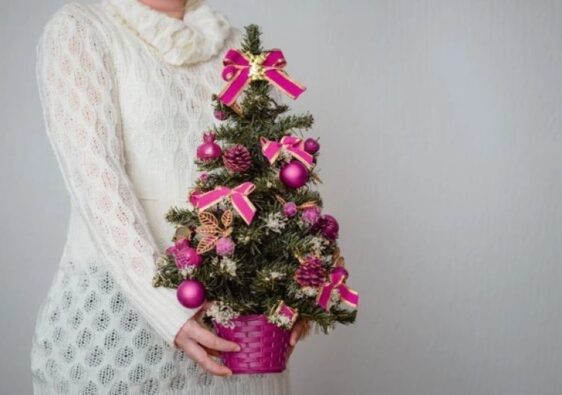The Birth of Artificial Christmas Trees
Artificial Christmas trees have become a staple in many households during the holiday season. But have you ever wondered where they came from and how they became famous?
The concept of an artificial tree dates back to the 19th century when people used feather trees or goose feathers to decorate their homes. However, it was in the early 20th century that the modern artificial Christmas tree was born.
The first artificial trees were made of brush bristle, which was used to imitate the look of real pine needles. These trees were hand-crafted and were popular among the wealthy due to their high cost.
The Evolution of Artificial Christmas Trees
As technology advanced, so did the production of artificial Christmas trees. In the 1950s, aluminum trees became popular due to their shiny, futuristic look. They were often paired with color wheels to create a stunning display of changing hues.
However, in the 1960s, the popularity of artificial trees declined due to safety concerns. Many trees were made with highly flammable materials, causing numerous house fires during the holiday season.
In response, manufacturers began using flame-resistant materials such as PVC, which is still used in modern artificial trees today. These trees are available in various styles, colors, and sizes and can be pre-lit with LED lights.
Additionally, modern artificial trees have become more environmentally friendly. Some are made from recycled materials and can be reused year after year, reducing waste and promoting sustainability.
How Cellphones Have Changed the Way We Buy Artificial Christmas Trees
With the rise of cell phones and e-commerce, buying an artificial Christmas tree has always been challenging. In the past, consumers would have to venture to a physical store to purchase a tree.
Now, with just a few clicks, consumers can order a tree from their smartphone and have it shipped directly to their doorstep. Online reviews and comparisons also make it easier for consumers to choose the perfect tree for their home.
In addition, social media has played a role in the popularity of artificial trees. Platforms like Instagram and Pinterest showcase unique and creative ways to decorate artificial trees, inspiring consumers to try new themes and styles.
Conclusion:
The evolution of artificial Christmas trees in the 20th century is an exciting example of how technological advancements and consumer demand can drive innovation. Artificial trees have come a long way, from hand-crafted brush bristle trees to flame-resistant PVC trees ordered on cellphones. With the continued use of sustainable materials and the widespread use of e-commerce, it will be exciting to see what the future holds for this holiday tradition.



